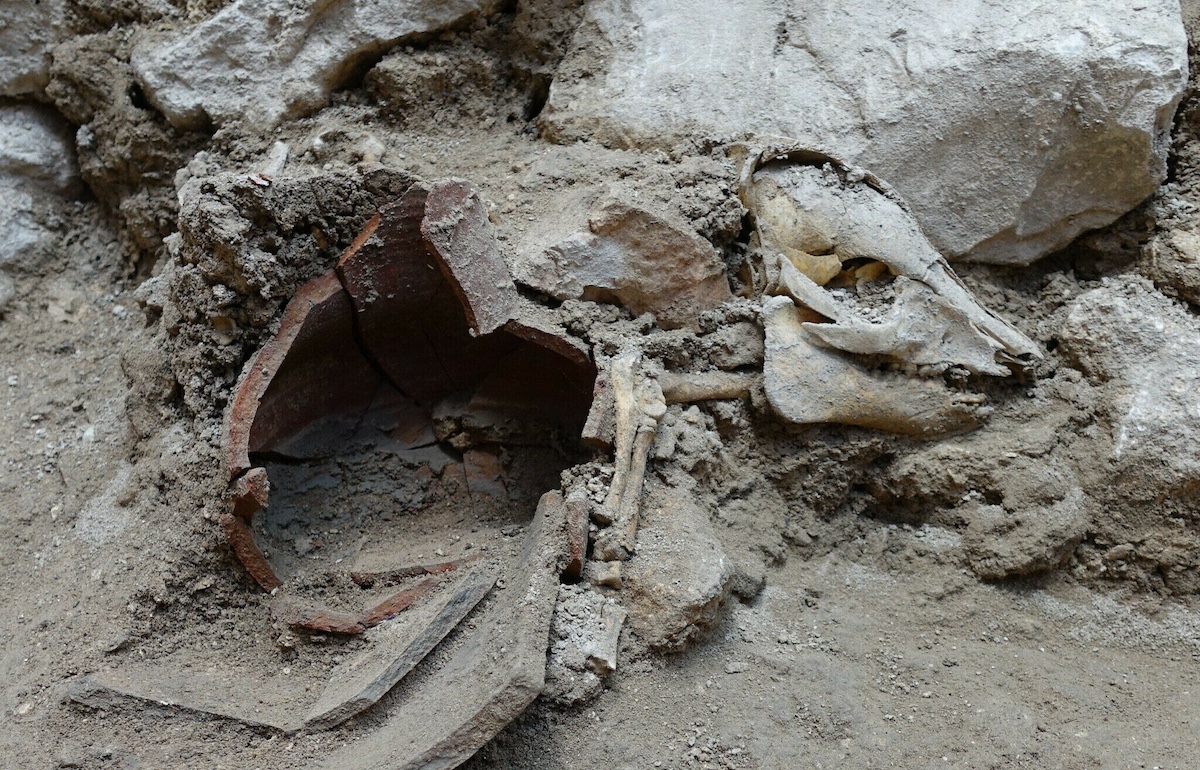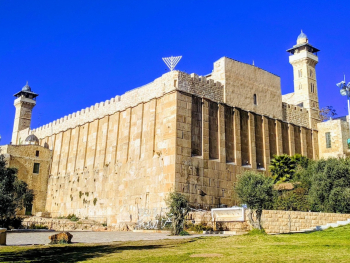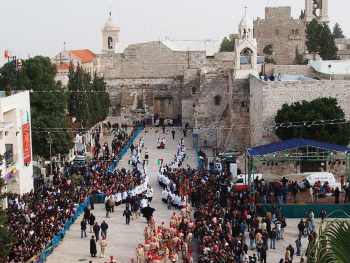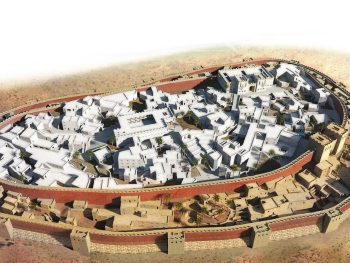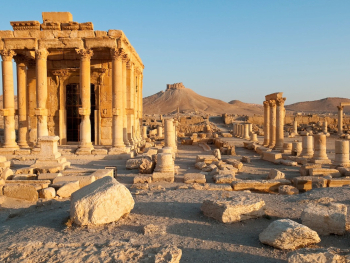Biblical archaeology is a fascinating field that seeks to uncover and understand the material culture, historical context, and religious significance of the ancient Near East as it relates to the events and people mentioned in the Bible. Through the excavation of ancient sites, analysis of artifacts, and interpretation of texts, biblical archaeologists shed light on the world of the Bible and the lives of its inhabitants. Join us as we embark on an introductory journey into the world of biblical archaeology, exploring its methods, discoveries, and contributions to our understanding of the biblical narrative.
The first step in biblical archaeology is excavation, the process of carefully uncovering and documenting ancient remains buried beneath the earth's surface. Archaeologists use a variety of tools and techniques, including shovels, trowels, brushes, and sieves, to carefully remove layers of soil and debris, revealing structures, artifacts, and other traces of past human activity. Each layer represents a different period in history, allowing archaeologists to reconstruct the chronology of a site and trace its development over time.
As artifacts are uncovered, they are meticulously cataloged, photographed, and analyzed to better understand their function, significance, and cultural context. Pottery, coins, inscriptions, tools, and architectural remains are just a few examples of the types of artifacts that can provide valuable insights into the daily life, religious practices, and social structures of ancient societies. By studying these artifacts, archaeologists can piece together the puzzle of the past and gain a deeper understanding of the world in which the biblical events took place.
In addition to excavation and artifact analysis, biblical archaeologists also rely on textual evidence to inform their research. The Bible itself serves as a primary source of information, providing valuable clues about the people, places, and events of antiquity. However, biblical texts must be approached with caution, as they are not always intended to be historical or scientific documents. Instead, they reflect the beliefs, values, and perspectives of the authors and communities that produced them. By comparing biblical texts with archaeological findings and other ancient sources, scholars can reconstruct the historical context of the biblical narrative and evaluate its accuracy and reliability.
Over the centuries, biblical archaeology has unearthed a wealth of discoveries that have shed new light on the world of the Bible. From the ruins of ancient cities like Jerusalem and Jericho to the discovery of ancient manuscripts like the Dead Sea Scrolls, these findings have enriched our understanding of biblical history, geography, and culture. They have also sparked debates and controversies, challenging long-held assumptions and prompting new avenues of research and interpretation.
But biblical archaeology is not just about uncovering the past; it is also about connecting the past to the present and illuminating the enduring relevance of the biblical narrative. By studying the material remains of ancient civilizations, we gain a greater appreciation for the diversity of human experience, the complexity of cultural interactions, and the timeless truths that continue to resonate across time and space.
As we delve into the world of biblical archaeology, we are reminded of the importance of humility, curiosity, and open-mindedness in the pursuit of knowledge. The past is a vast and multifaceted tapestry, and our understanding of it is constantly evolving as new discoveries are made and new perspectives emerge. By embracing the interdisciplinary nature of biblical archaeology and engaging with its methods and findings, we can deepen our appreciation for the richness and complexity of the biblical narrative and its significance for the world today.
Join us on this introductory journey into the fascinating world of biblical archaeology, where every dig, every artifact, and every inscription tells a story waiting to be unearthed and explored.
